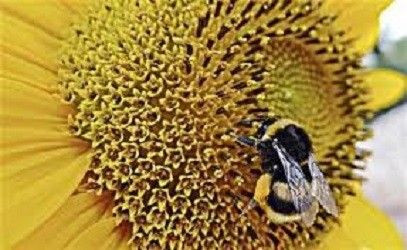Nose, Upper Lip & Penis Top List of Body Parts Considered Most Painful for a Bee Sting

Because of the painful bee sting on his nose, Michael Smith, a graduate student of Cornell University, was almost unwilling to have a third sting on his proboscis unlike 24 other body parts where he was bitten 5 times each as part of a science experiment.
The results, published on Thursday in the scientific journal PeerJ, listed the nose as the body part where a bee sting hurts the most. It was followed by the upper lip, penis and testicles which tied for fourth place with the cheek, palm and armpit.
On the opposite end, the study said the skull, end of the middle toe and upper arm were the least painful body parts when stung by the honey-maker.
Mr Smith recalled, "I really don't want to get sting in the nose again - that's not fun. Your body really reacts. You're sneezing, wheezing. Your eyes are streaming."
For the project, Mr Smith held a honeybee with forceps, placed in on his skin until it bit him for one minute. He did it five times daily for 38 days. He rated a sting on a scale of 1 to 10, with 10 being the most painful.
The sting on his upper lip was rated 8.7 and penis was 7.3. On mid-range was a bite on the forearm at 5, while the skull, toe and upper arm sting was 2.3.
He believes the pain to these different body parts applies not only to a bee sting but also other types of pain. "Everyone knows certain places on the body are more sensitive than others. With a healthy pinch of salt, I would say it's applicable to other types of pain."
Mr Smith likewise debunked common belief that bees are aggressive towards humans. He said, "If you have a bee buzzing around you and you think it's peeved, if you calm down, don't breathe a lot - they are attracted to carbon dioxide - and slowly walk away, you will be fine. Most stings are probably wasps."
Other body parts where Mr Smith had bee stings were on the cheek, nipple, abdomen, top of the hand, middle finger tip, upper thigh, top of the foot, behind the ear, back of neck, lower back, buttock, back of knee and calf. His supervisor, Tom Seeley, talked him out of taking a sting on his eyes.
He studied molecular biology in Princeton University where he established in 2009 the university's Bee Team that led to the creation of two hives on the campus.





















